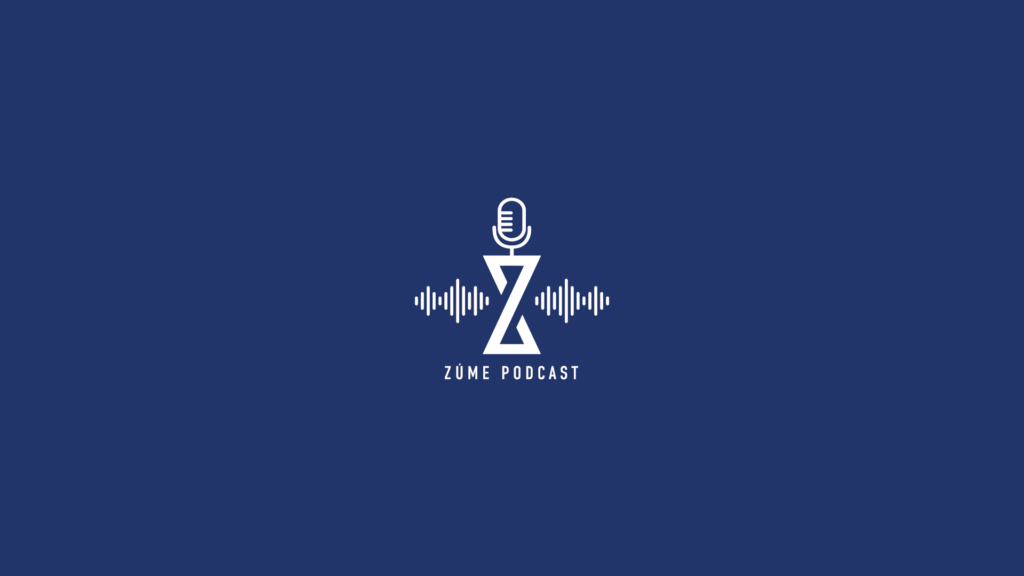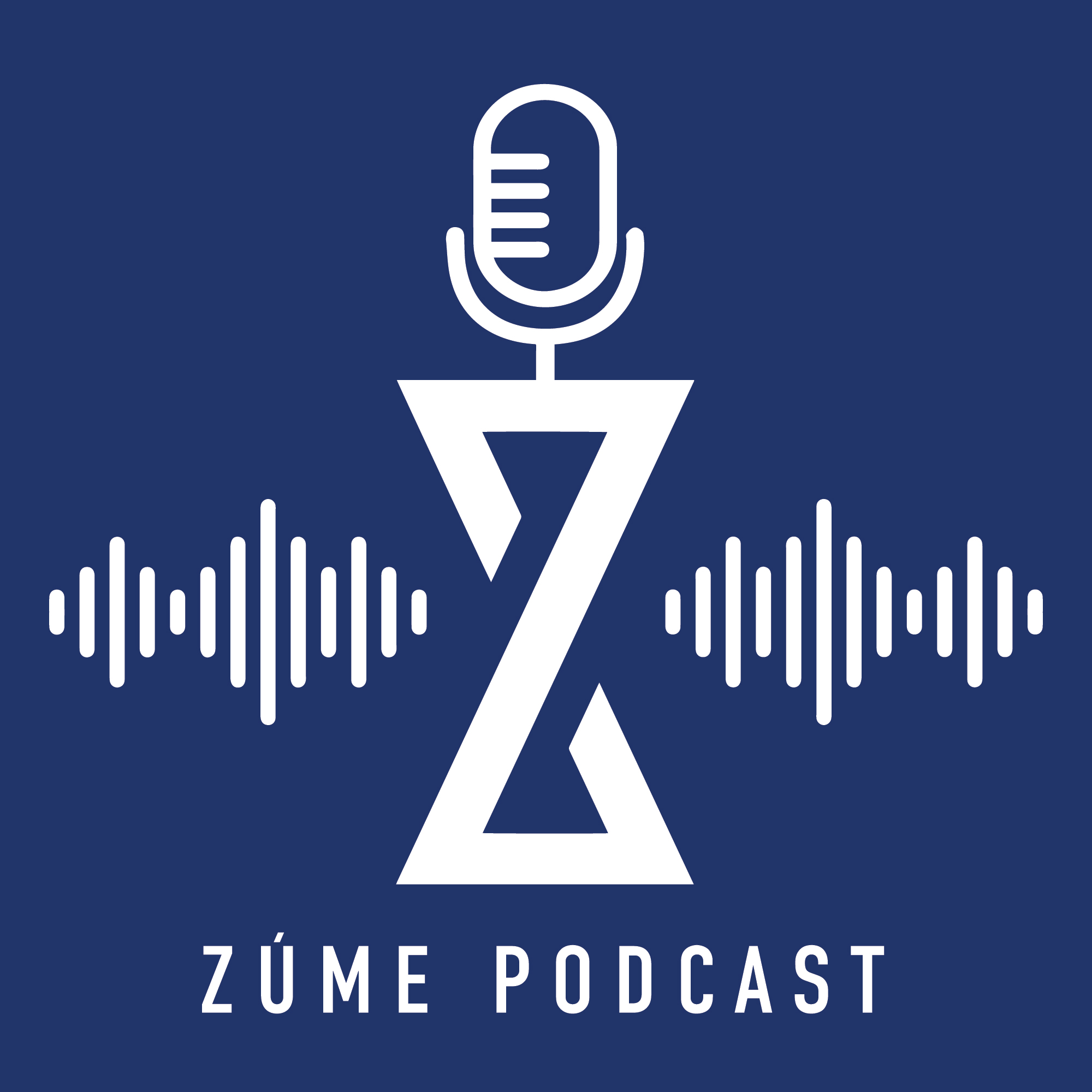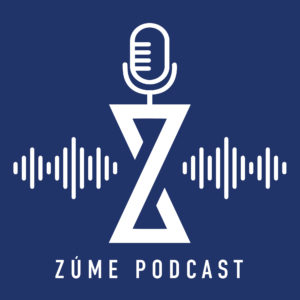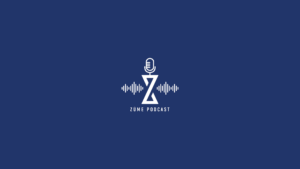Curtis Sergeant – Zúme Origins
Description
 </figure>
</figure>Episode Description
Hear from Curtis Sergeant about the origins, the vision, and the current progress of Zúme’s training of multiplying disciples.
Curtis reflects on the origins of movement approaches in international missions, but generally not in the United States. He discusses how this gap of adoption of movement thinking in the United States and the failing strength of the U.S. church was an early motivator for Zúme.
Within a small group of movement practitioners, known as the Jonathan Project, the idea began to form around the need for an online way to train effectively. This project was leading the ambitious effort to see 1 million new Christian groups and 1000 people groups engaged in 10 years.
As this project concluded, the group realized that they needed some online options for training. The issue of accessibility regarding different languages was a top motivation. There were many languages that did not have good trainers available.
Zúme was also conceived as a way to filter for active practitioners. The reality facing trainers is that even after the investment of months into individuals and good portion of those trained do not continue as faithful movement practitioners.
Curtis led the original subteam that began working on Zúme. It has become a community of volunteers building, coaching, and funding this training and global coaching effort.
Episode Transcription
Narrator: Curtis, can you just tell us a little bit about the history of Zúme? I know it’s a big question. So much has happened just in the last few years but where did this idea even start?
Curtis: First of all, maybe from a conceptual standpoint or motivational standpoint. This whole idea of movements, church planting movements or disciple making movements really started overseas in various countries in Asia back around the very early 90s.
Breakthrough started to happen and then it started to be used in other countries. It notably jumped over to Africa in addition to other places in Asia. A lot of new things were happening sort of in the missions world and it didn’t really impact the United States first of all.
The approaches were developed for very unreached areas and there also wasn’t as much in the US. As time went on, movements continued to make a big impact in more and more places all around the world.
It sort of became obvious that this could be helpful for work in the US because generally the churches are stagnated or declining. There was a need for that, so that was part of what led to the development of Zúme.
In terms of specifics, there was a group of about a half a dozen people who were church planting movement practitioners. These people were meeting together. It was called the Jonathan Project.
The goal of the Jonathan Project was to start church planting efforts using movement approaches among a thousand people groups within a 10 year period that planted at least a million new congregations.
That small group of us we would meet together usually once a year live and then in between virtually. A number of us were from the United States originally, so we started talking about how we were feeling a bit of a burden for our home country as we were pursuing this project.
Just as a point of interest, with that group we met our goals a couple of years early. So we officially disbanded.
I’m thinking and this is embarrassing, but I don’t remember the year we officially launched. Maybe it was 2017, but I do know the date was February 14th. We picked Valentine’s Day as the launch date because of the whole “love God, love others” emphasis within Zúme.
So February 14th, Valentine’s Day, is the birthday and I’m thinking it was 2017 but we officially launched when the idea came up. One of the factors that led to Zúme being online was the sense that we needed some online options and that was related to several factors…
One factor was accessibility because we knew that we wanted it in a number of different languages. In some of those languages there weren’t a lot of good trainers who could train live at least at the scale that would be needed within those languages.
So part of it was just accessibility. Part of it also was actually because it would provide a way to filter people who were trained. So all over the world people who train in these topics in live settings discover that not every person who goes through training will then follow through as a committed and dedicated practitioner of the things that they’ve been trained in.
So what typically happens is, I’ll just make up some numbers to give a sense of scale, but maybe you train 20 people and you invest significantly in those 20 people for several months. Post training, before it becomes apparent that 15 of them aren’t going to continue as faithful or committed practitioners of what you’ve trained them in. So in a sense you’ve wasted a lot of time and effort investing deeply into those other 15 people for over a period of several months. That just gets frustrating after a while. So Zúme a in a sense provides an opportunity for people to self filter. If they go through the entire training course and they’re faithful in doing that and applying that and so on then they’re wanting more coaching or mentoring or training, you can be confident that they know what they’re asking for and they’re much more likely to use it. So that was another big factor.
All of those were sort of pieces in the thinking behind the establishment of Zúme. I sort of volunteered from within the group to be the point person for developing Zúme. I provided the leadership to pull together a team of people, including some of those that were in the Jonathan Project, to work together on developing Zúme.
We have continued to meet regularly since then and as we’ve developed it. It’s been interesting. We don’t have a 501c3, we don’t have an organization, we don’t have a bank account. It’s just purely a network of people who are committed to doing this who are working together to provide funds to provide the work and whatever needs to happen to develop it.
All of us are doing other things full-time but volunteer our efforts towards Zúme and so developing this project or this tool has become a community effort.
I’m not sure where to go from there, do you have any other specific questions that you want me to dig into further?
Narrator: Super helpful just what you’re sharing. It’s amazing looking at this timeline on zume.vision/roots and just to think as you talked about it being on Valentine’s Day 2017. That’s not even five years ago! But it’s great to see all that is happening through Zúme in the US and globally.
It has here on the timeline that around April 2015 “the project was envisioned”. What was happening then? Was there anything significant? Why is that moment marked on this timeline?
Curtis: That was one of our face-to-face meetings for that Jonathan project group. It just came up that we were seeing that we would probably meet our goals in terms of the global impact. But we were expressing concerns for the fate of the church in the United States.
So I had this idea for an online expression of a training and got up and sketched it out. I felt like i had a download from the Lord on what it would look like. And it’s very much what it is today. I just kind of sketched all that out on the board.
Of course, you can’t launch it just from having the concept. We had to meet together, form a team, start doing some of the initial website development, things like that, before we could launch. That’s what happened in the gap between the envisioning and the February 2017 launch.
Narrator: From a download to an upload!
Curtis: Yeah, exactly.
Narrator: As I look through this timeline, I see a couple of patterns. There are a few different launches like “relaunches” that happened… like the latest of a most recent version from October 2019. What’s that process been like? Just in having relaunches and improving, different tweaks, etc? What’s been helpful in those relaunches?
Curtis: Some of those relaunches revolved around figuring out how the website worked, what it looked like, and things like that. It was tied to figuring out better ways to present the content of the course.
On that timeline it also mentions the first efforts in using different approaches. For example, the Somali training effort was our first use of putting it on SD cards for distribution in highly persecuted, low-tech
environments.
Then you see that the Maryland saturation effort was just to get people trained in every county in the state. Also to see what trying to get geographic distributio







